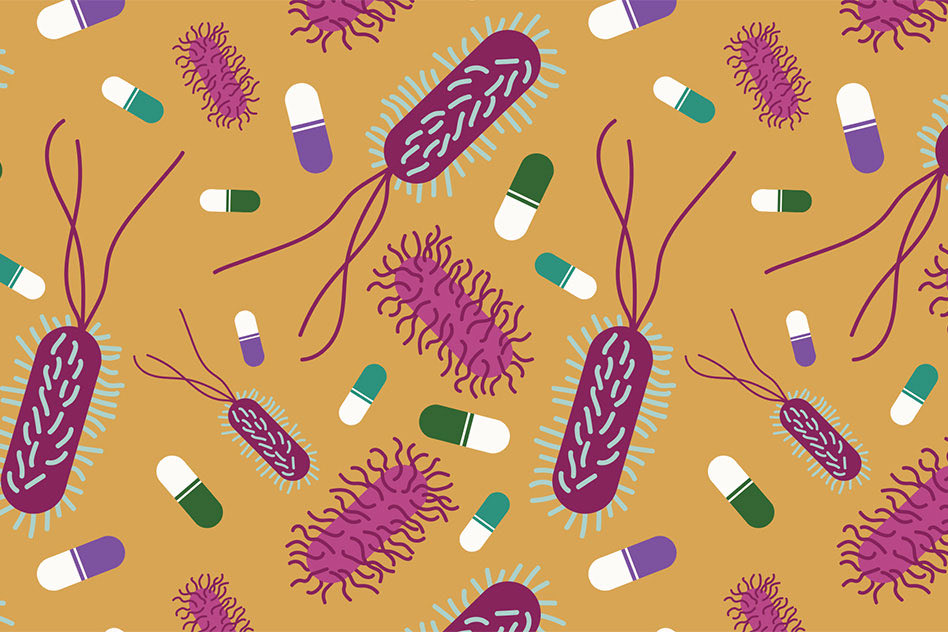
This Nature paper makes strong case that any COVID, not just serious disease & hospitalization, jacks up risk of many health problems for many months thereafter (long COVID). What’s it mean for vaccines? Durably high protection matters, & boosters. nature.com/articles/s4158…
More specifically, it means that when you hear about vaccines that protect by 70% but claim “yeah, but protects 100% against severe diseases”, know that the 30% residual risk of getting even mild-moderate COVID comes with more risk than we thought. It’s risk worth avoiding.
So right now, get whatever vaccine you can. mRNA seems better than adenoviral and inactivated vaccines. Get booster when offered, both to protect against new variants & old ones, b/c immunity wanes.
Encourage everyone around you to get vaccinated. One unvaccinated person can spew plenty of virus & that can overwhelm immunity of even those who have been vaccinated (esp as their immunity wanes with time). So if you don’t get vaccinated for yourself, do it for others.
Long COVID doesn’t seem to be like long flu. Nature paper looked at people who recovered from flu in past to see if they suffered from long term health issues. They did, but not as much as what we see with COVID. So covid is a new, long-term threat to health worth mitigating.
Long term problems involve respiratory problems, but also autoimmune, metabolic (diabetes), and neurological/psychological. Higher rate of death, too. The evidence is strong that this virus is worse than we thought.
So vaccine that reduces infections by 80% is great when people are still distancing & masking up, but when everything is back in full swing, 80% reduction of much higher transmission rates might still leave plenty of people getting mild COVID, of which some get long COVID.
Too early to know how long vaccines will protect for. mRNA vaccines are currently best on market. What starts as 95% protection against all COVID, by 6m is likely 85%, & likely drops from there. So might not even be 80% protection in months 6-12. So mask up even after vaccine.
If we can get to vaccines that get us to >90% protection out to a year & then get an annual booster, that would likely help keep down Long COVID rates. Or we consider more frequent boosters. A well tolerated vaccine that we get every 6m maybe isn’t a crazy idea.
So as you read about vaccines that emphasize their protection rates against serious COVID and hospitalization, know that’s not enough. Protection against all COVID matters. And high initial titers and protection are best chance at durable protection.
95% doesn’t seem a lot better than 85% to start, but by 6m or 9m after vaccination, that gap might widen to 80% vs 40% protection. And strain coverage matters. Right now, all vaccines are weaker against some emerging strains.
New boosters against those strains will help keep up your total protection rate against any COVID disease, & therefore against any long COVID.
In meantime, there will be plenty of studies about long COVID to see how to treat it. Some reports that vaccine shots treat it. That’s odd mechanistically to me, as I wouldn’t expert virus to linger so long, but at this point we know so little that have to be open to possibility.
So get the best vaccine you can asap, mask up in crowds outdoors (transit, ball games) & indoors outside your bubble, (yes, enjoy outdoors w/ some distance w/o mask), and get booster when offered. More vaccine work & other research to be done for sure.
• • •
Missing some Tweet in this thread? You can try to
force a refresh



